Dry skin
Dry skin needs a lot of attention. This skin condition is also known as lipid-dry or sebostasis. The main cause of dry skin is a greatly reduced sebum production. This reduced sebum production causes your skin's protective hydrolipidic film to become unstable and it lacks the ability to bind moisture. Dry facial skin usually has fine pores and often appears flaky, rough and thin.
What are the characteristics of dry skin?
- Skin condition: Dry skin on the face often feels tight and may also have cracked and flaky areas. She is often sensitive and sensitive.
-
Complexion: The complexion of dry skin can appear pale and dull.
-
Skin structure and pores: The skin structure of dry skin is often rough and cracked, and the pores are usually barely visible.
Tips for dry skin:
-
Gentle cleansing: Cleanse your skin just once a day with a mild cleansing emulsion to remove dirt and impurities without affecting your skin's natural moisture barrier.
-
Moisturizer/serum: To care for dry skin, your skin needs a lot of moisture but also lipids. You can simply add a few drops of oil to your cream and provide your skin with enough lipids or you can choose a richer cream, for example with shea butter
-
Sun protection: Apply a broad-spectrum sunscreen with at least SPF 30 daily to protect your skin from harmful UV rays and prevent premature aging.
-
Healthy lifestyle: A balanced diet, enough sleep and sufficient fluid intake support skin health. Reduce stress to minimize redness.
This care routine helps to provide your dry skin with sufficient moisture and lipids.
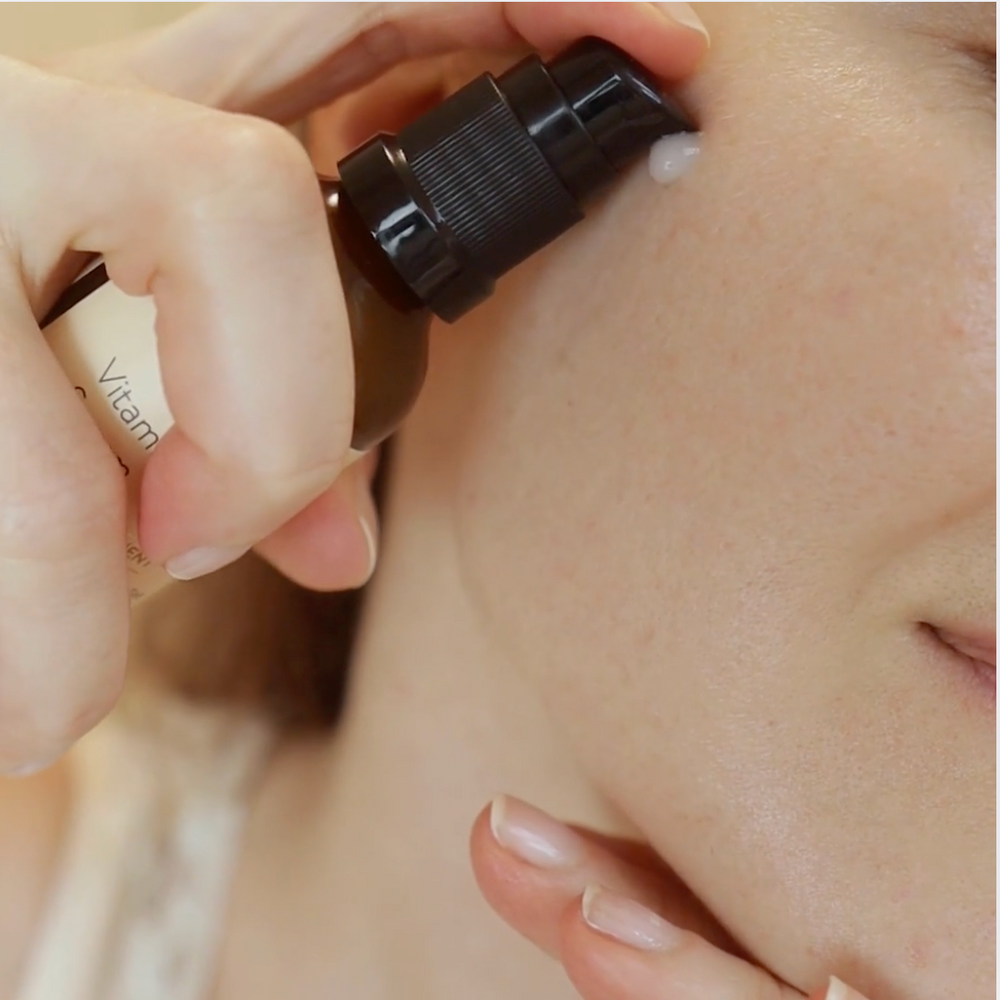

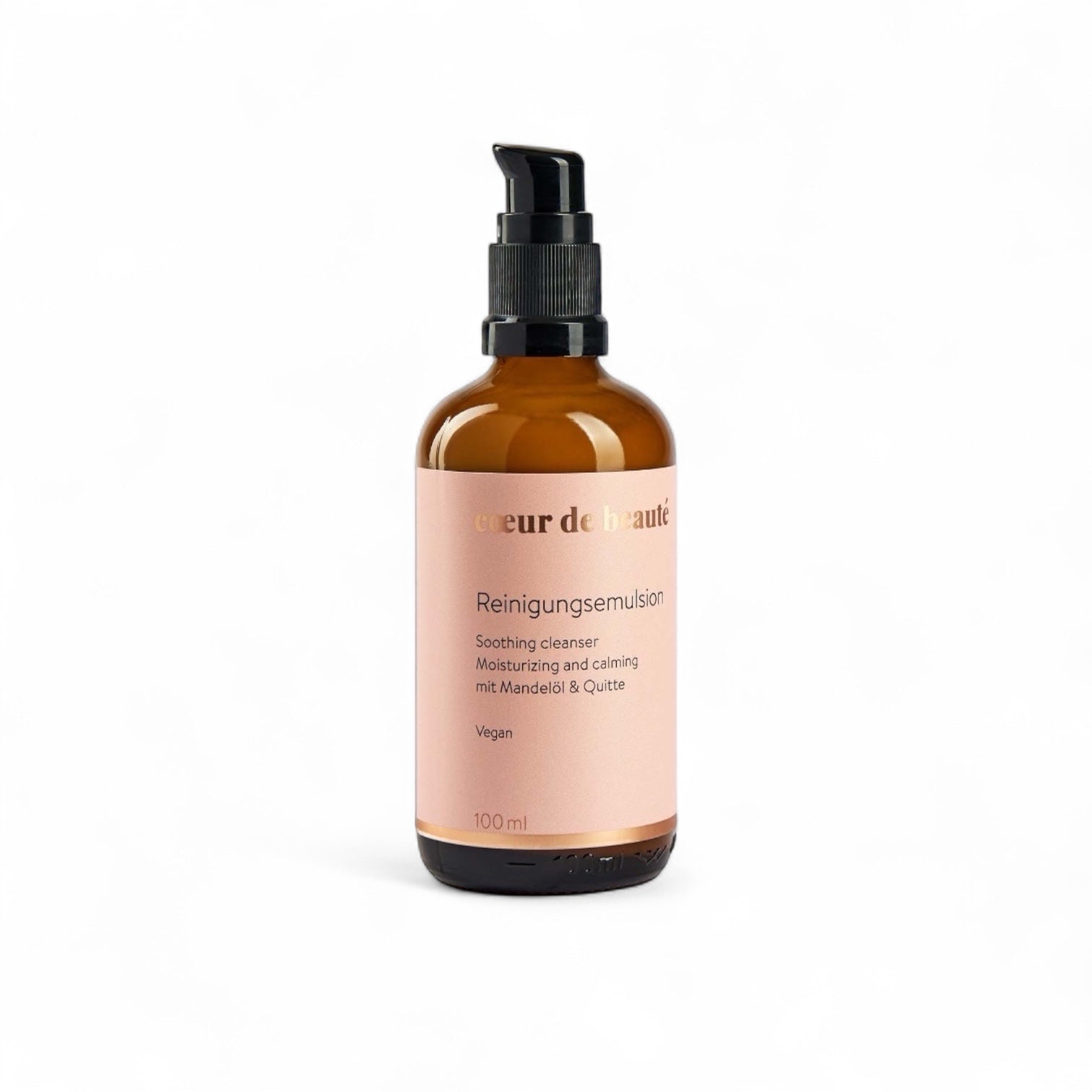
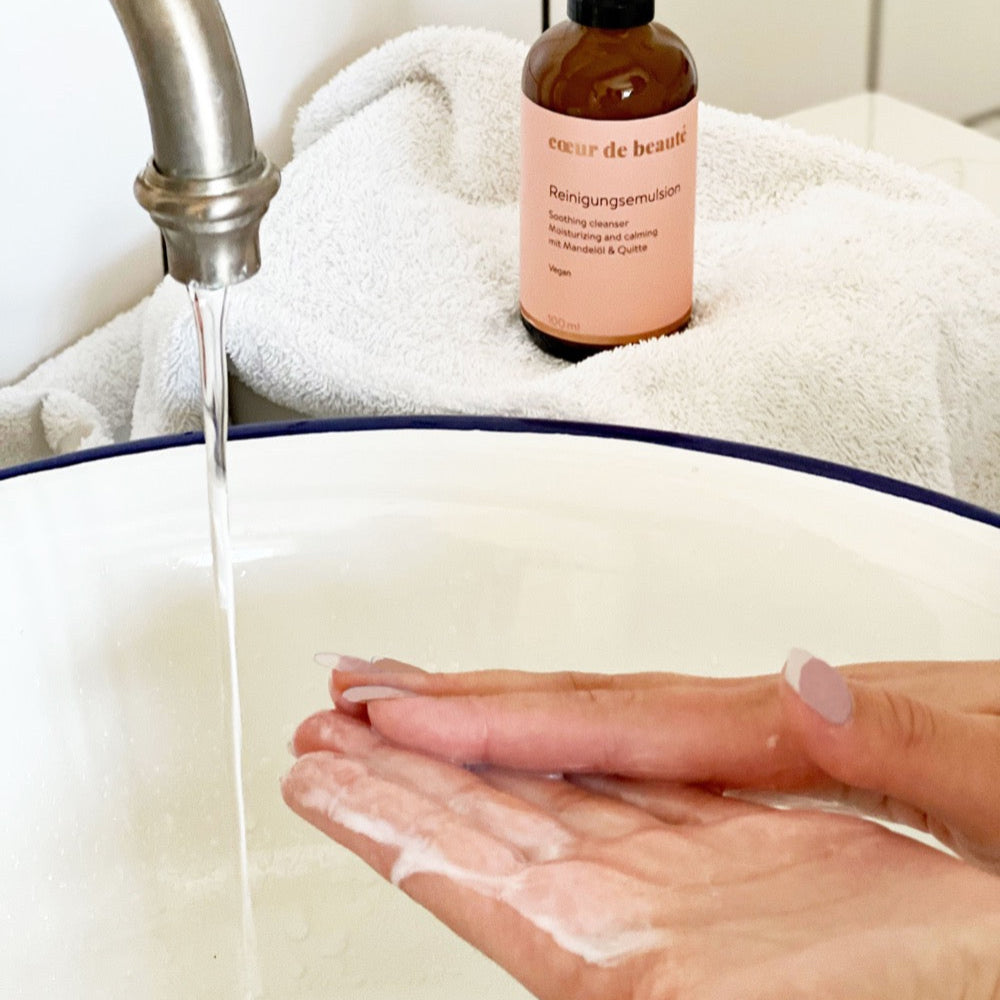






















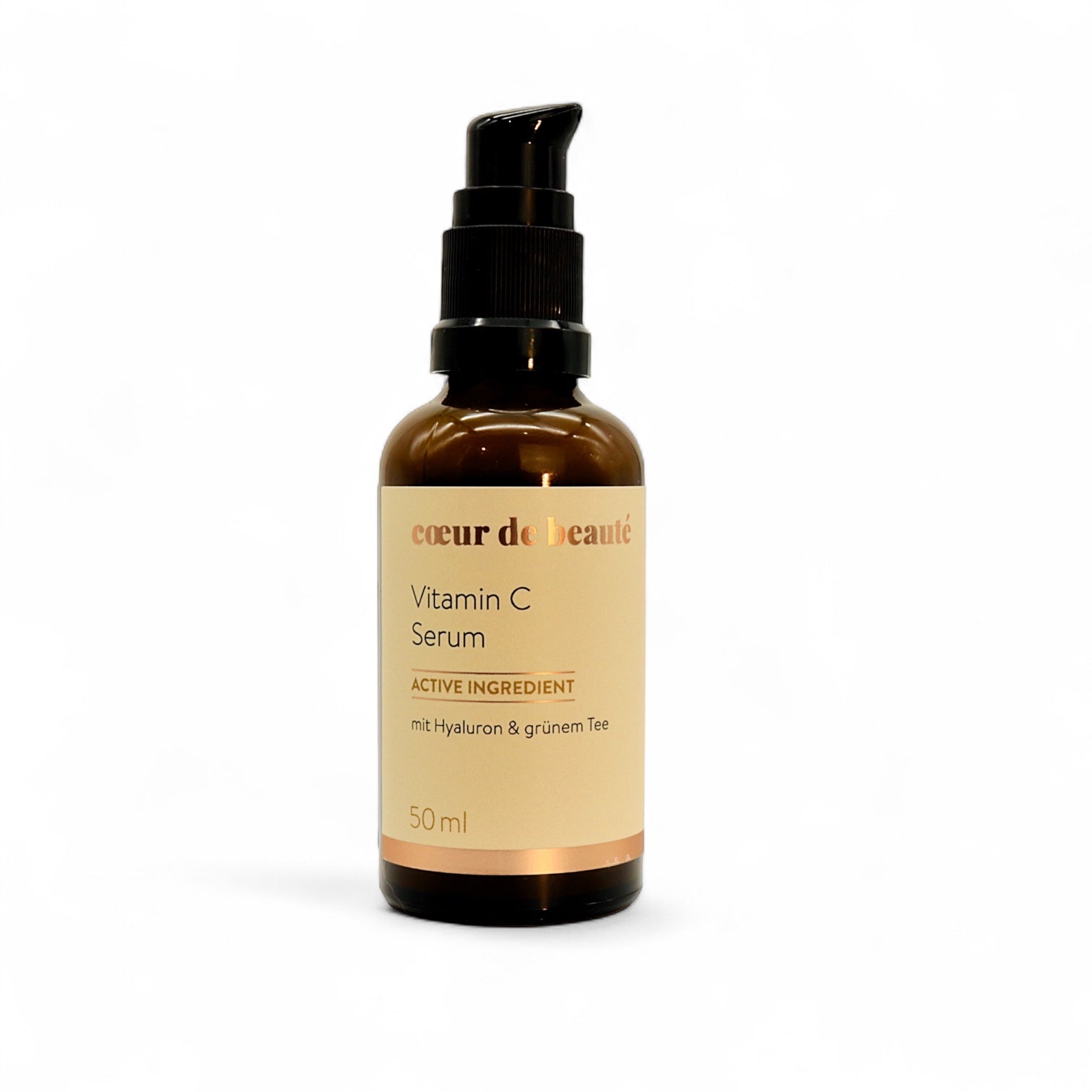


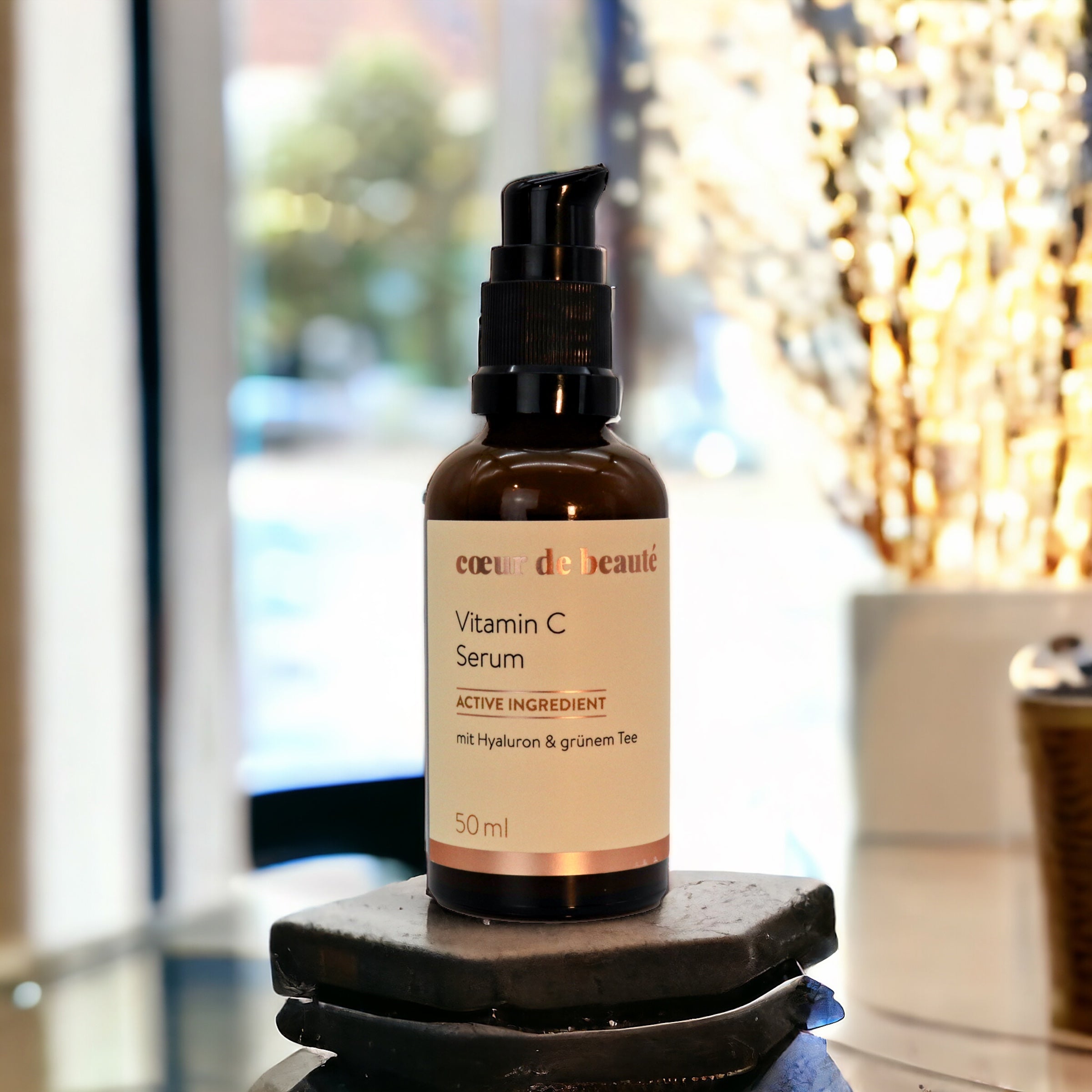
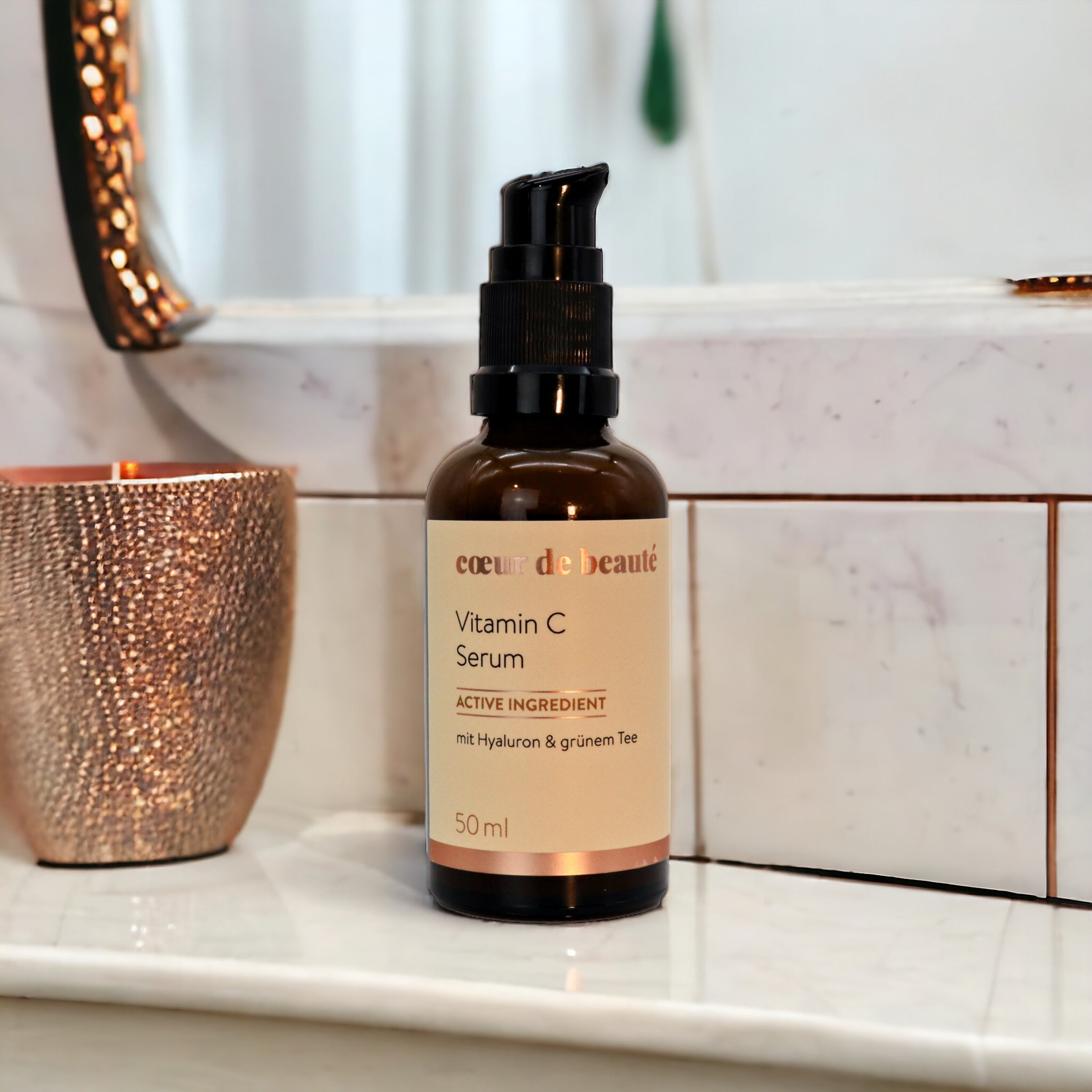




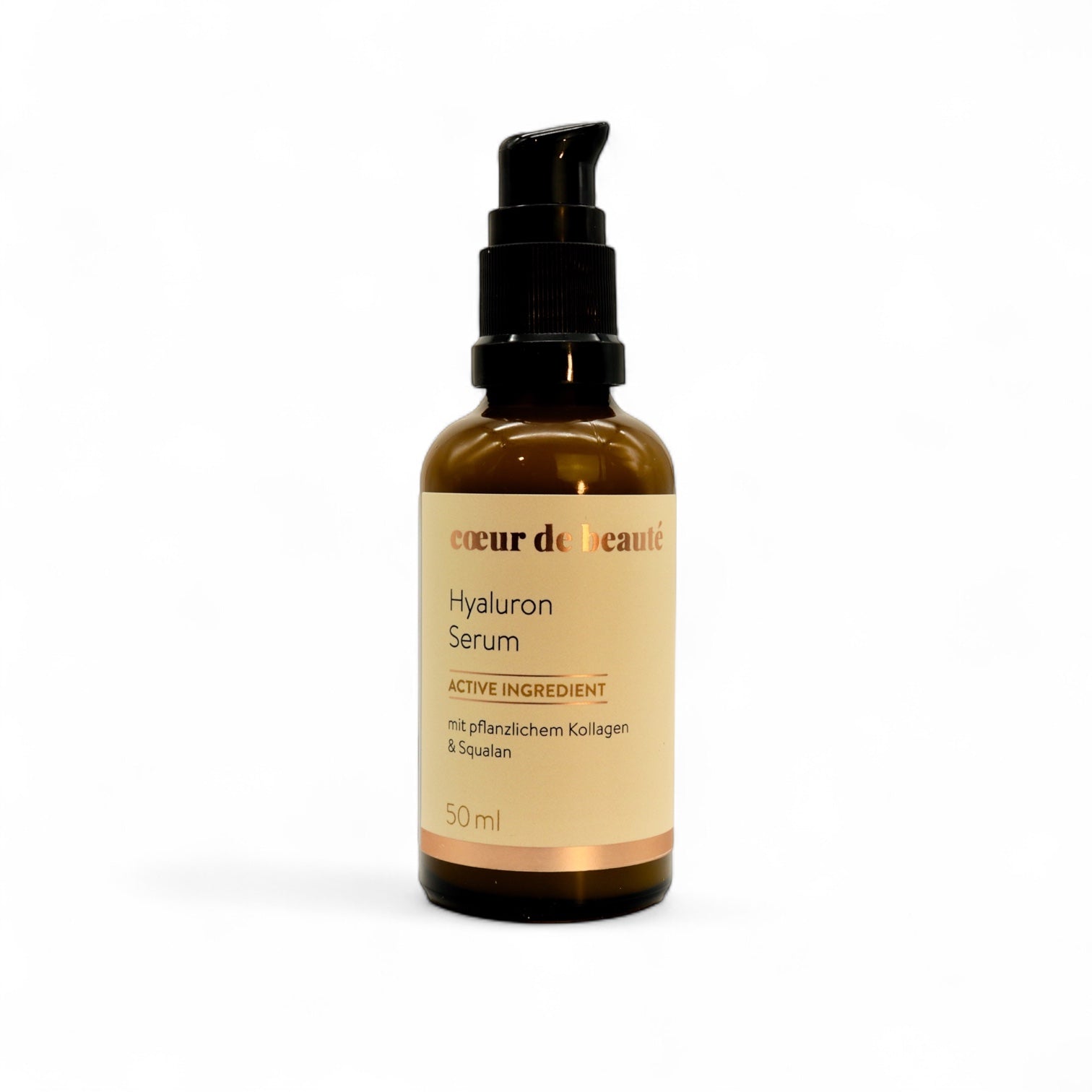
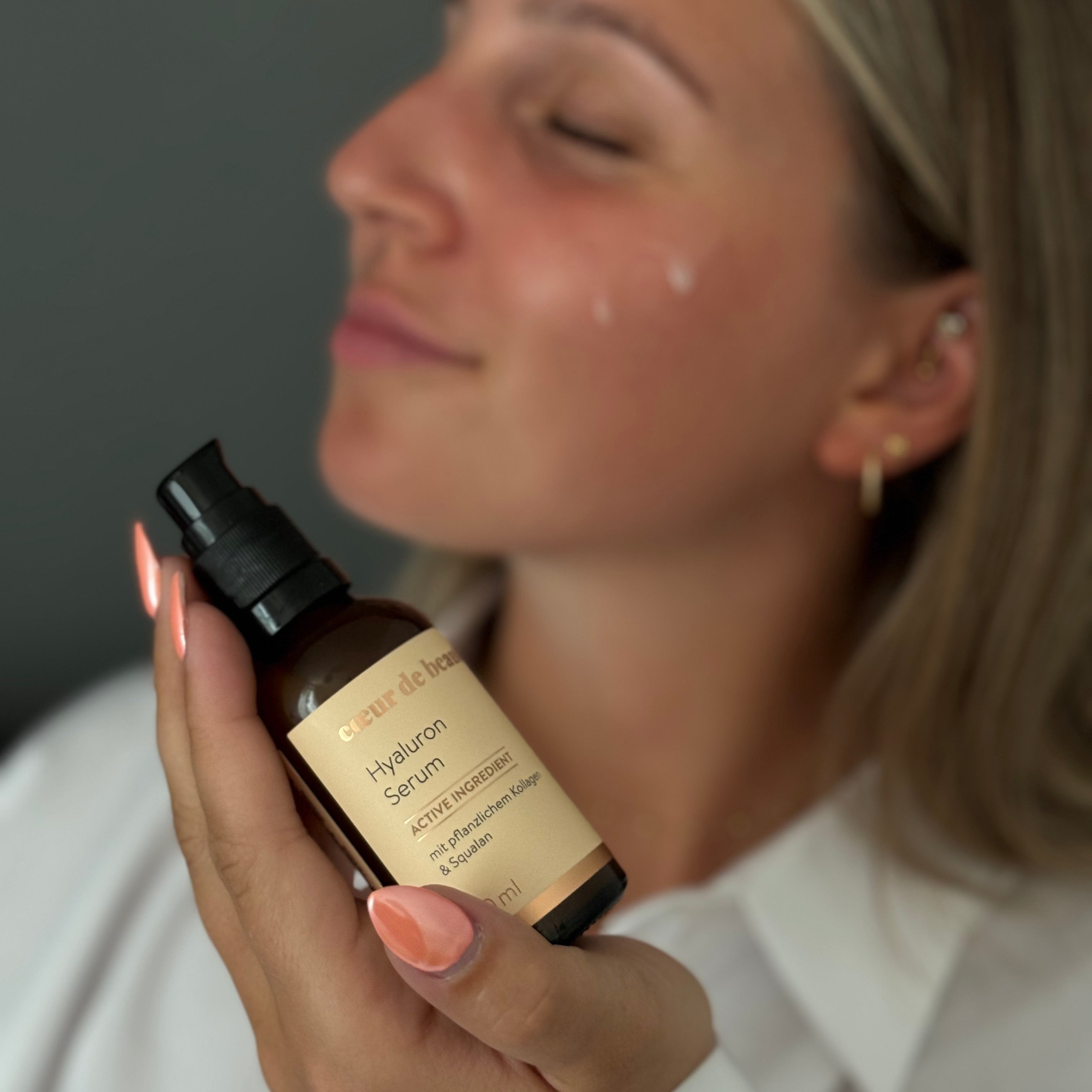
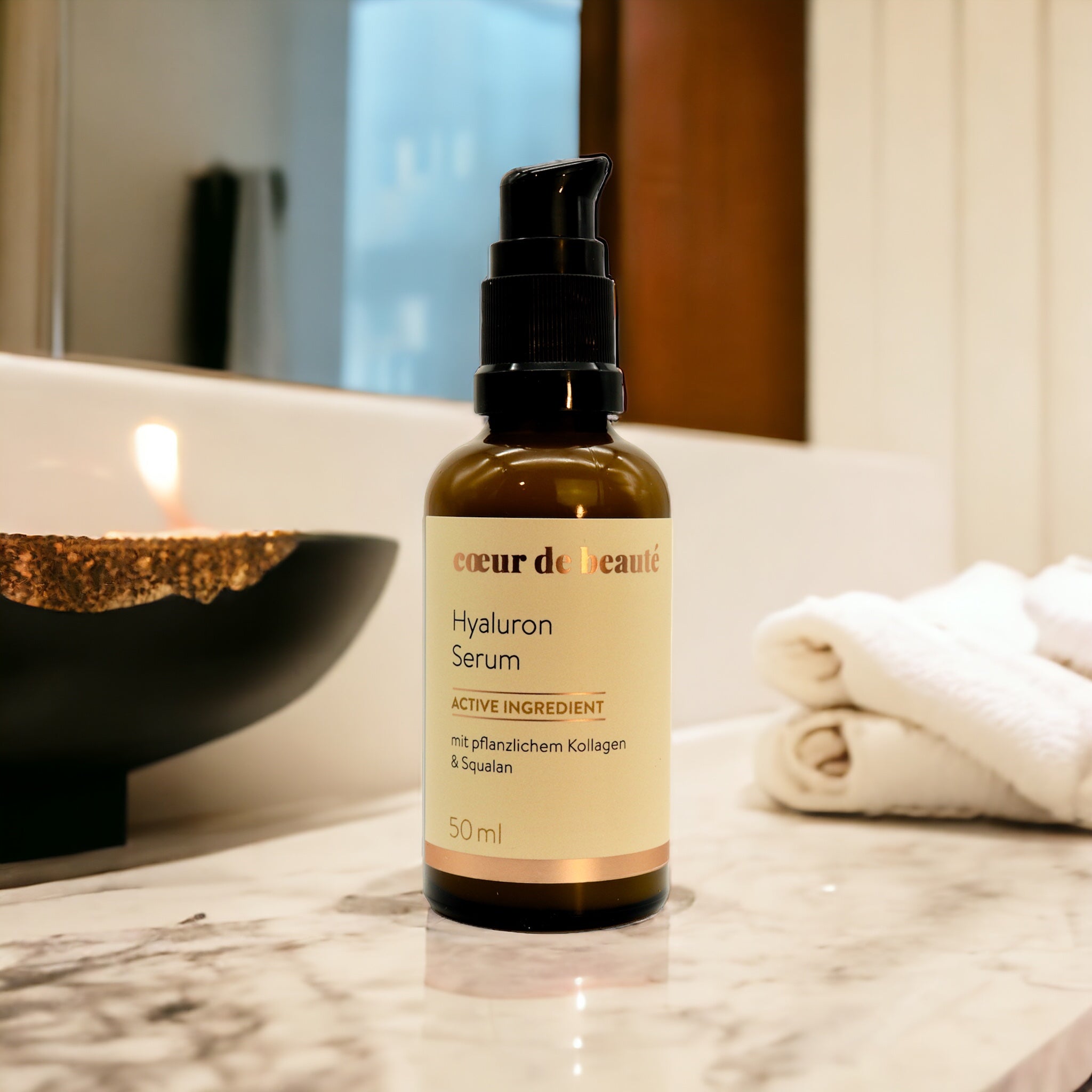

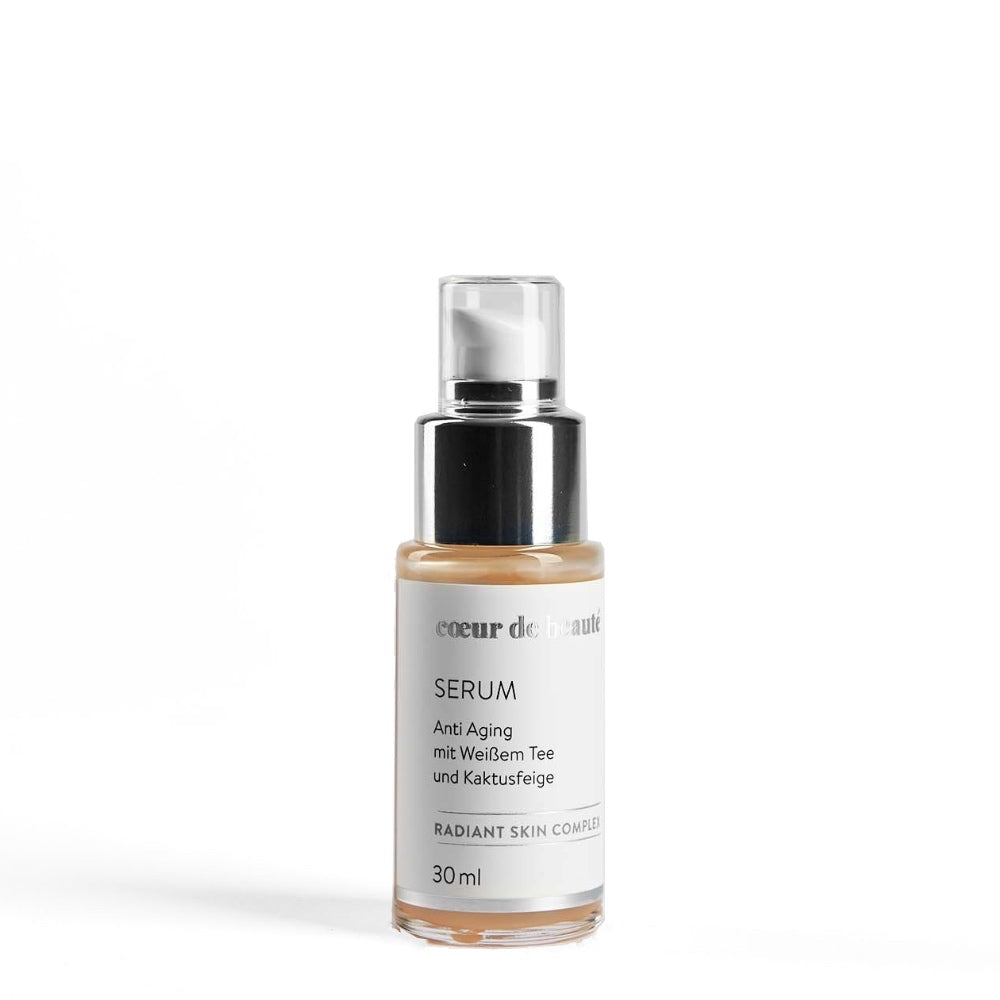
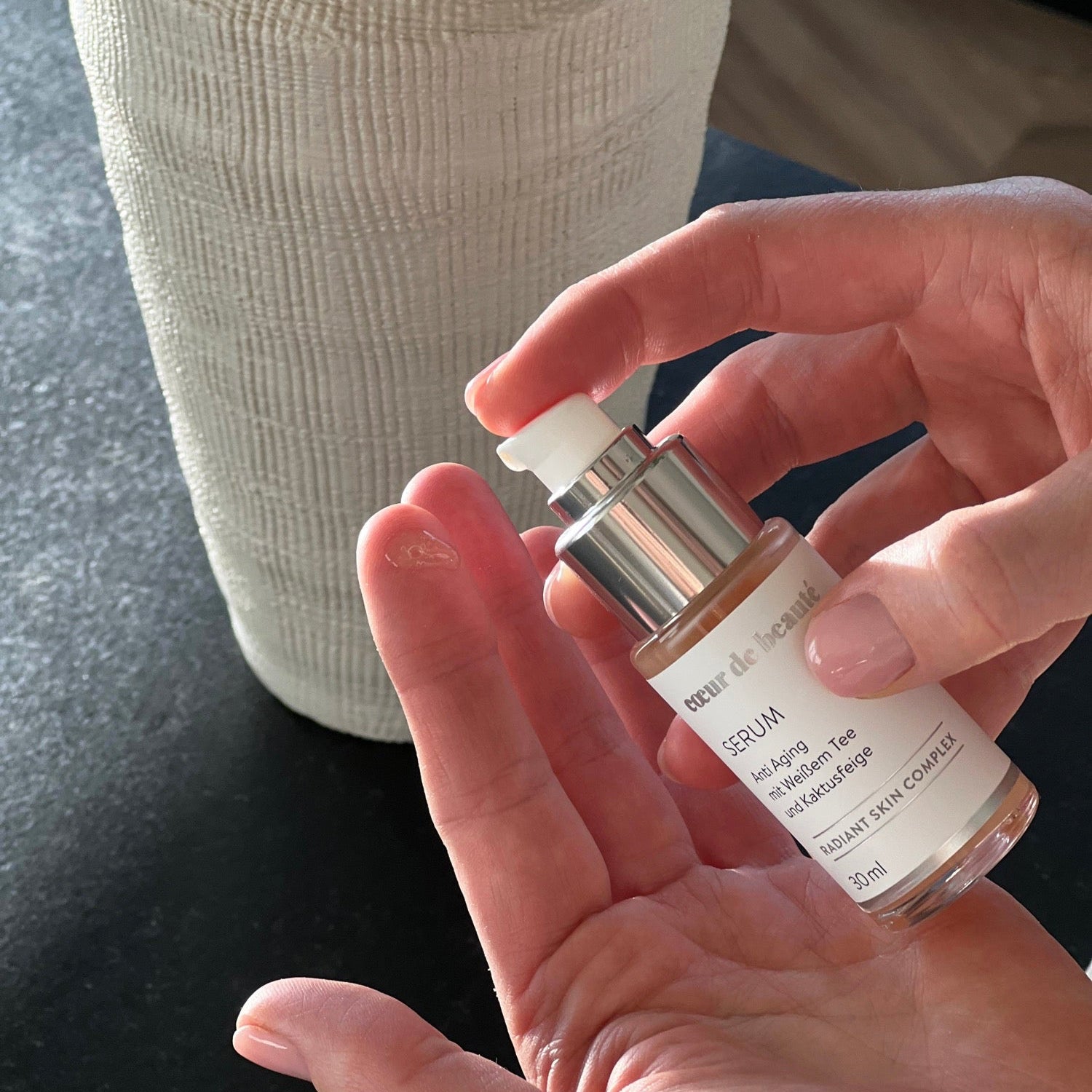
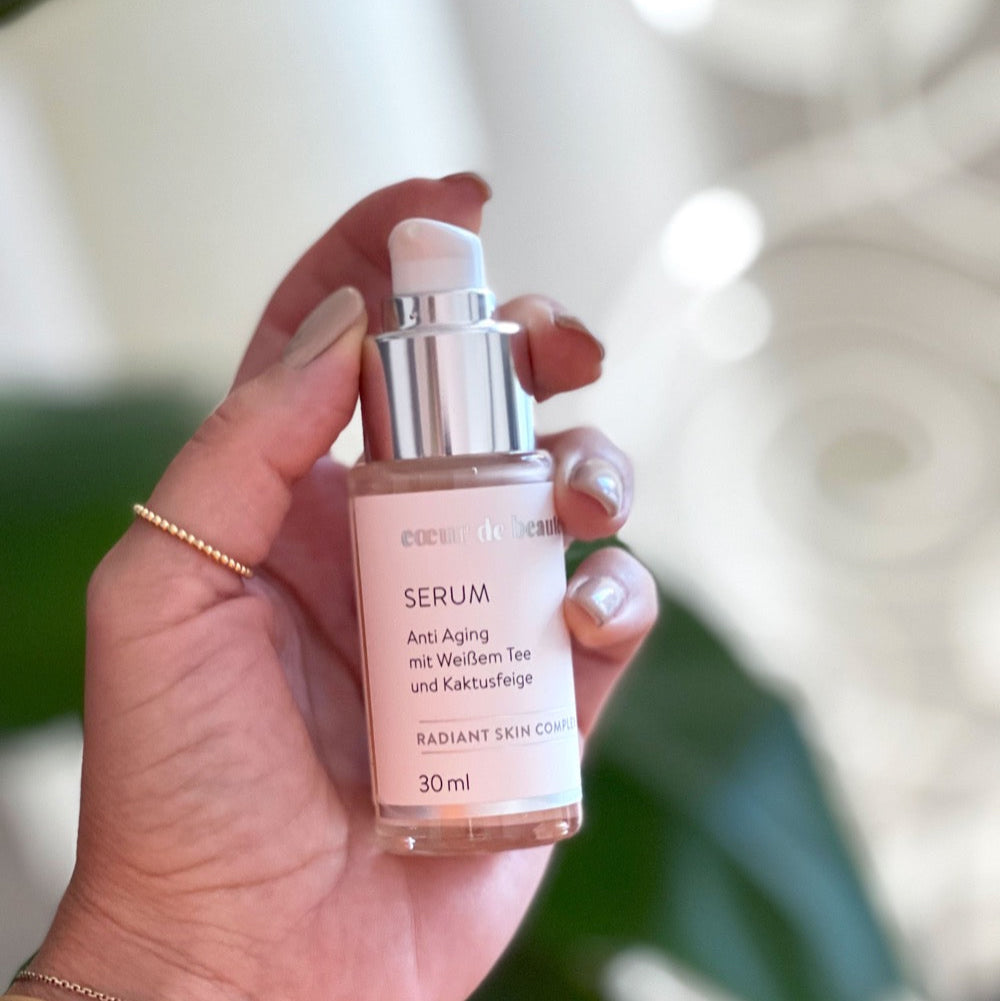
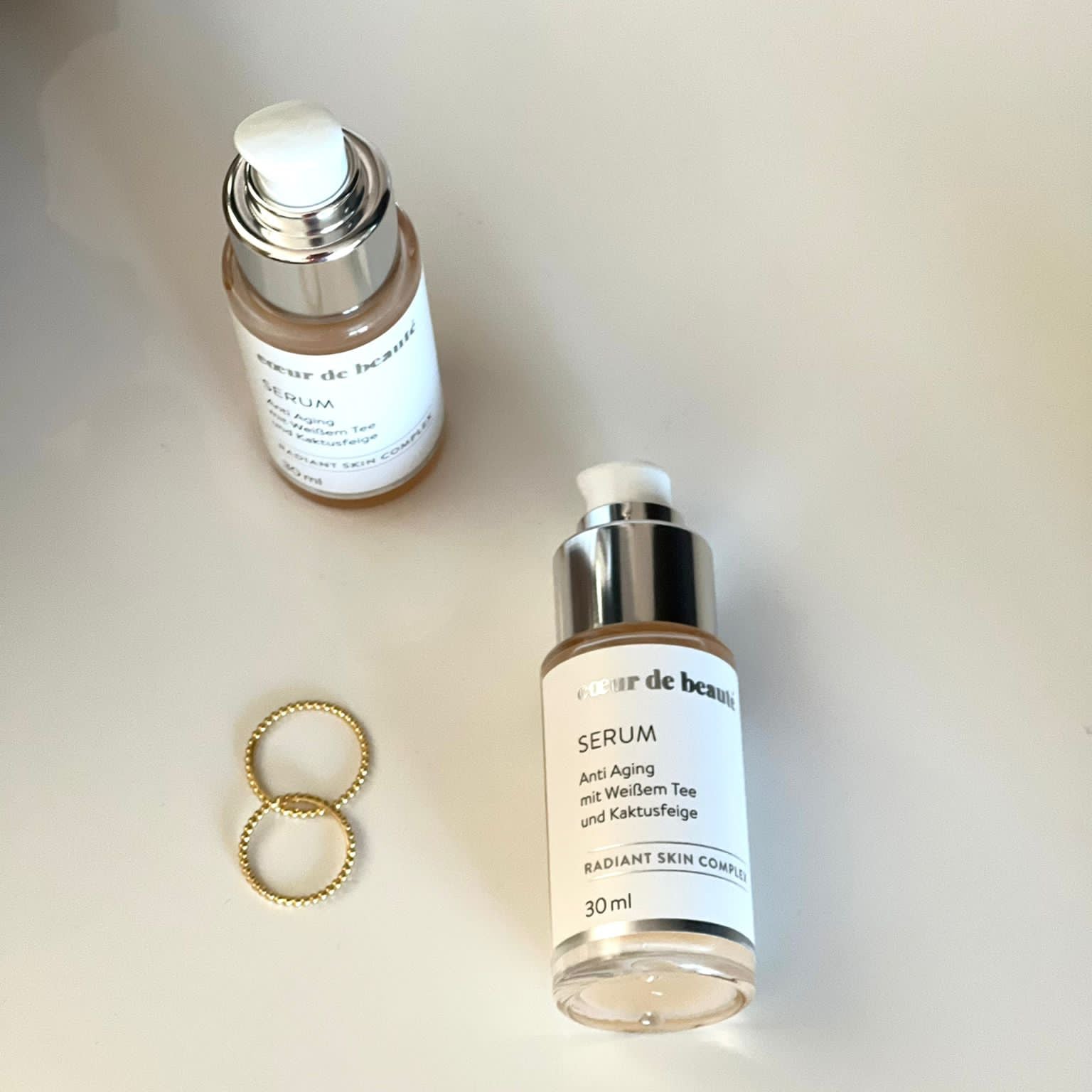
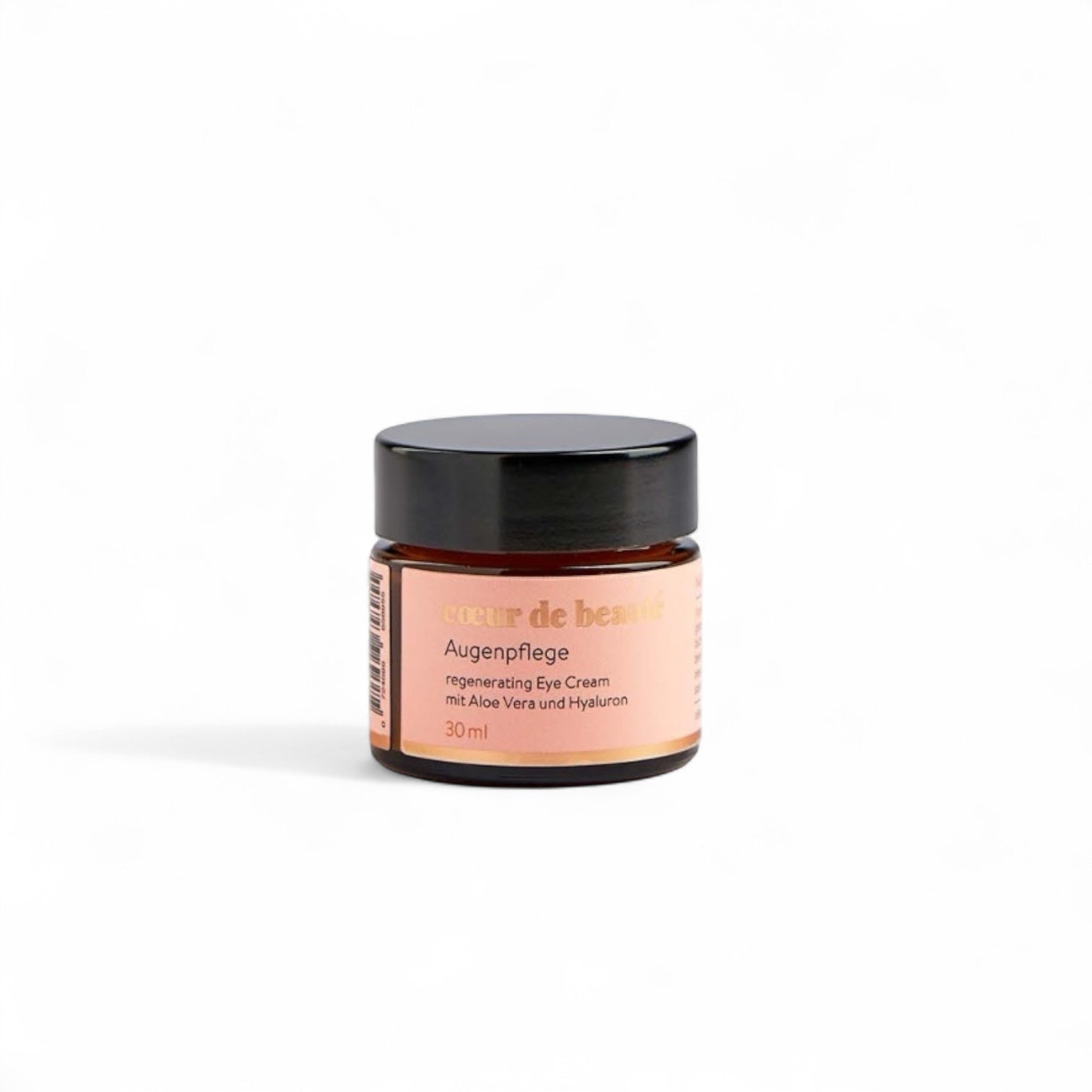





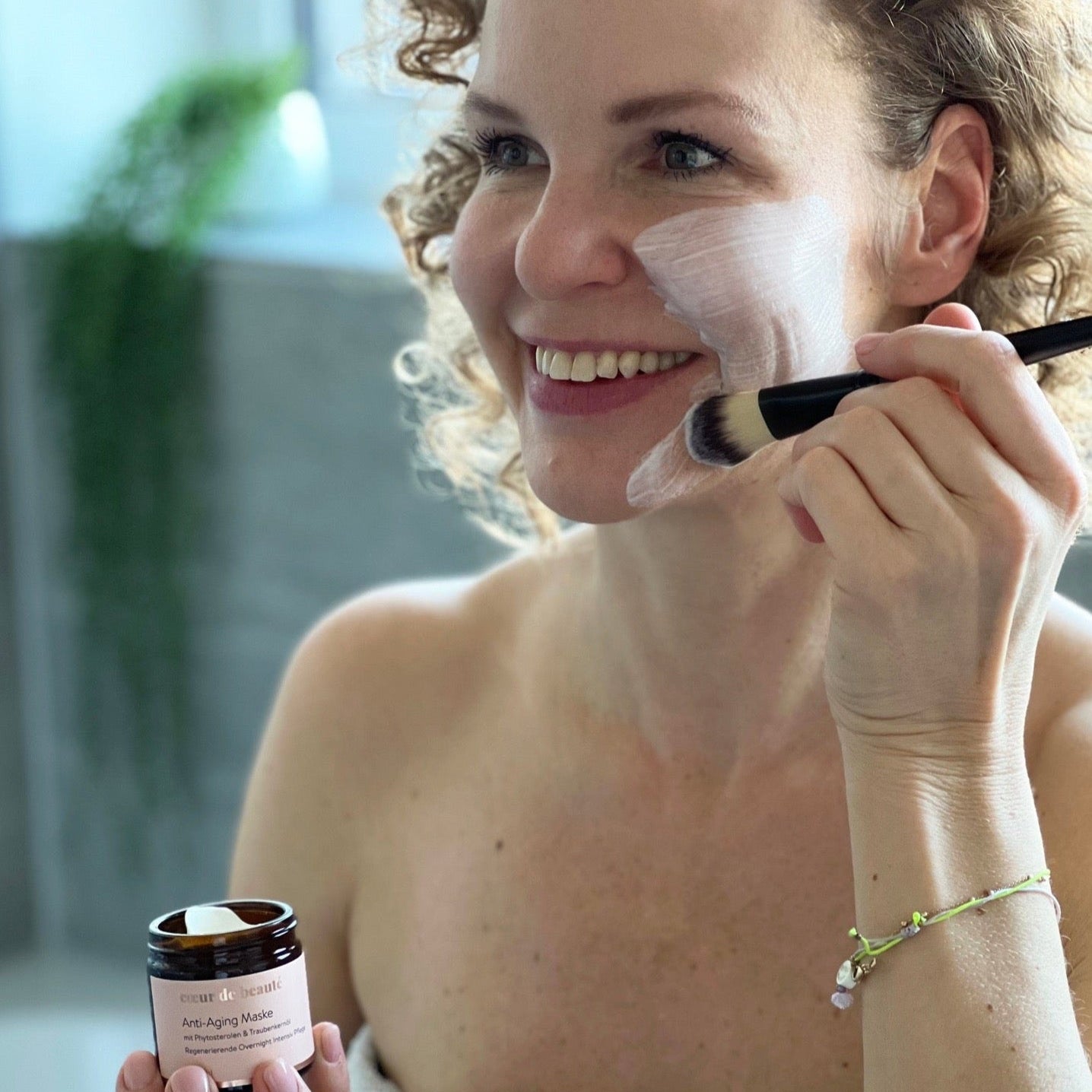
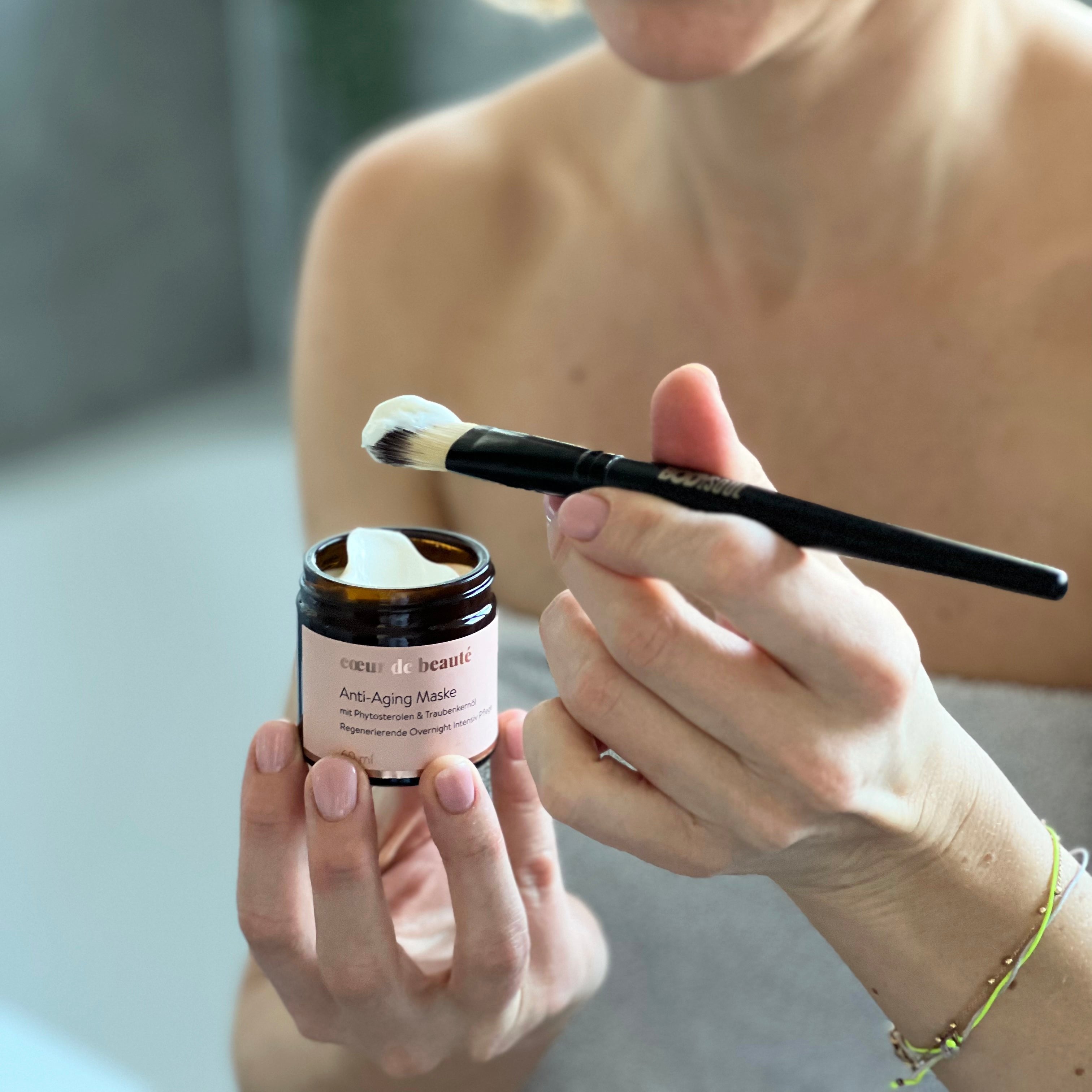
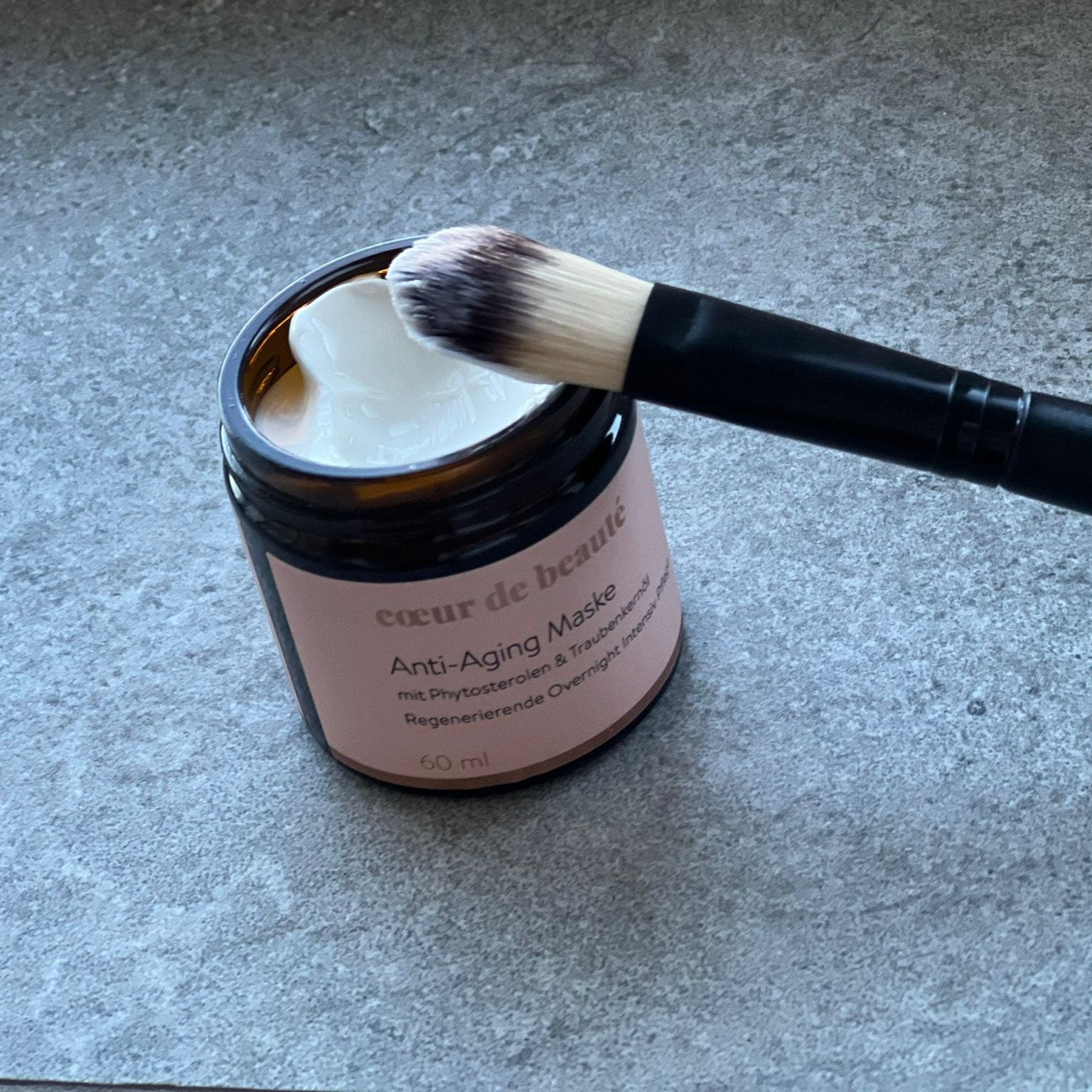
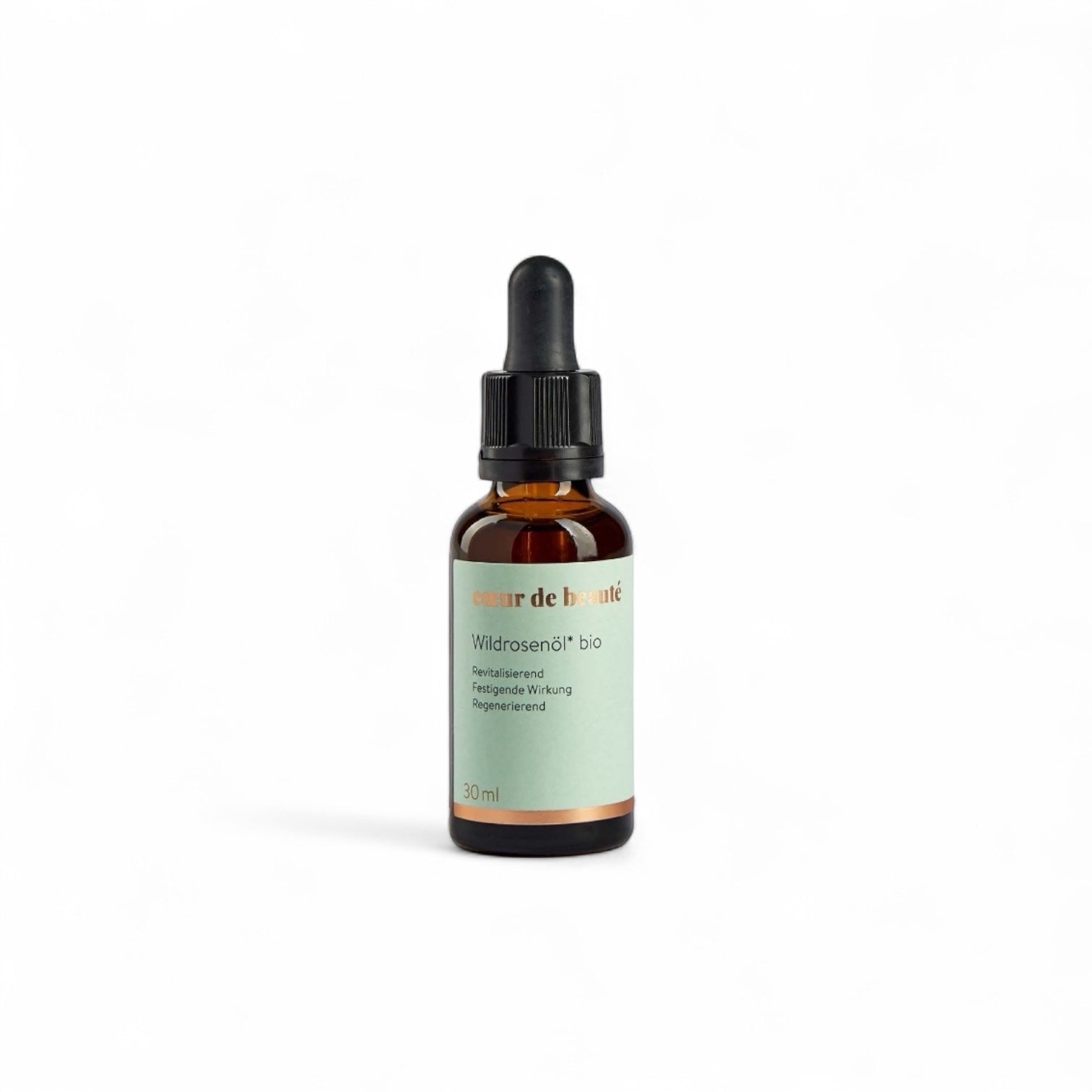

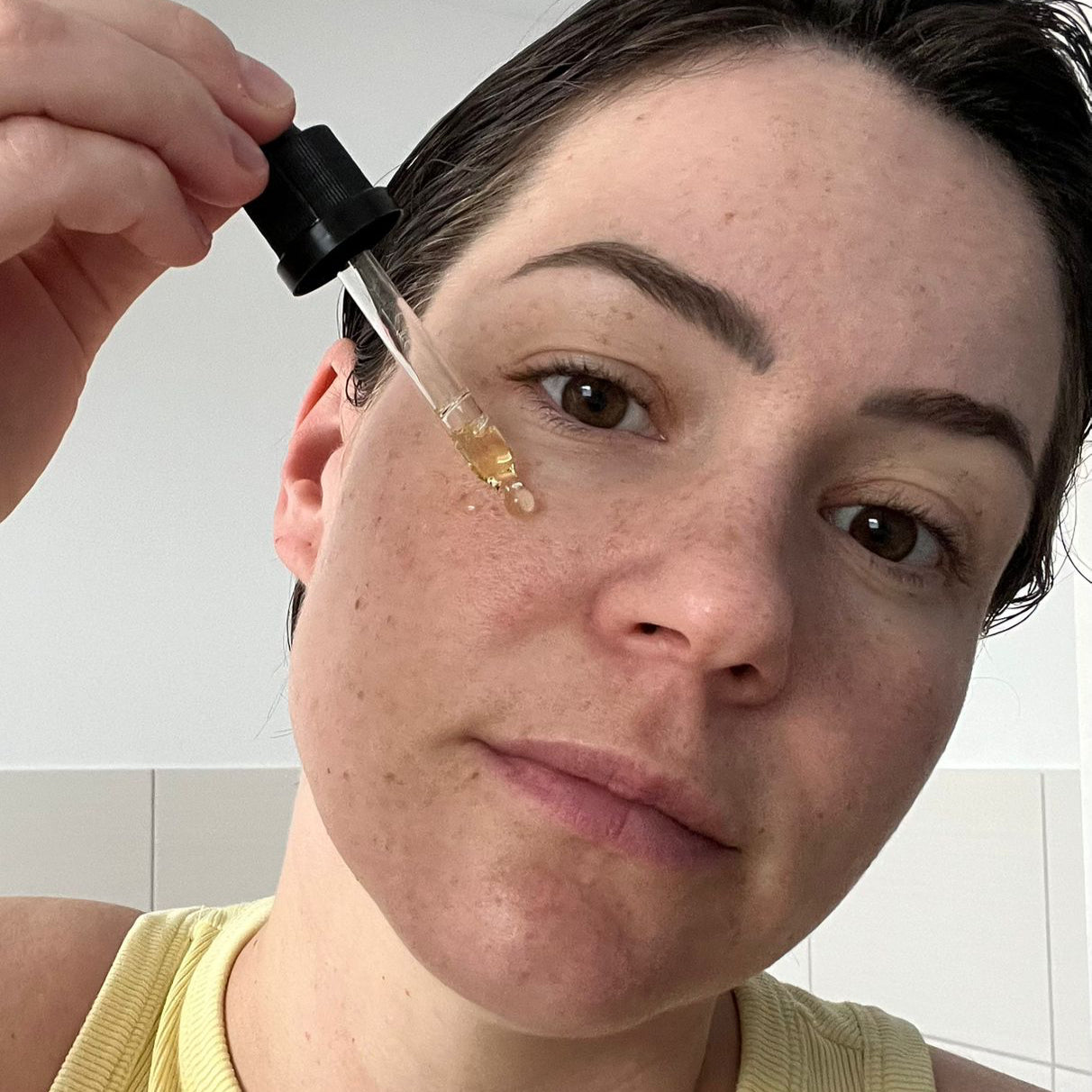
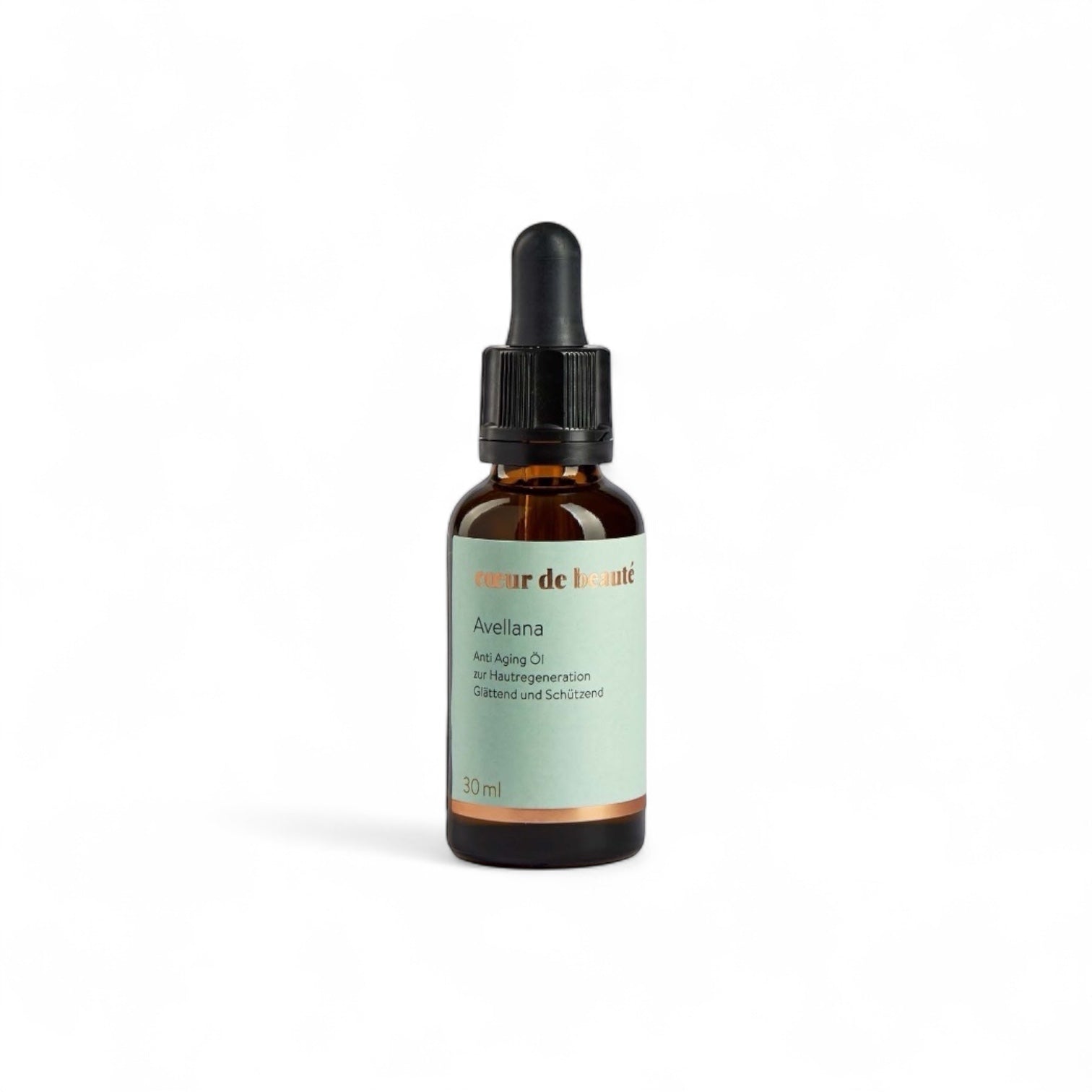
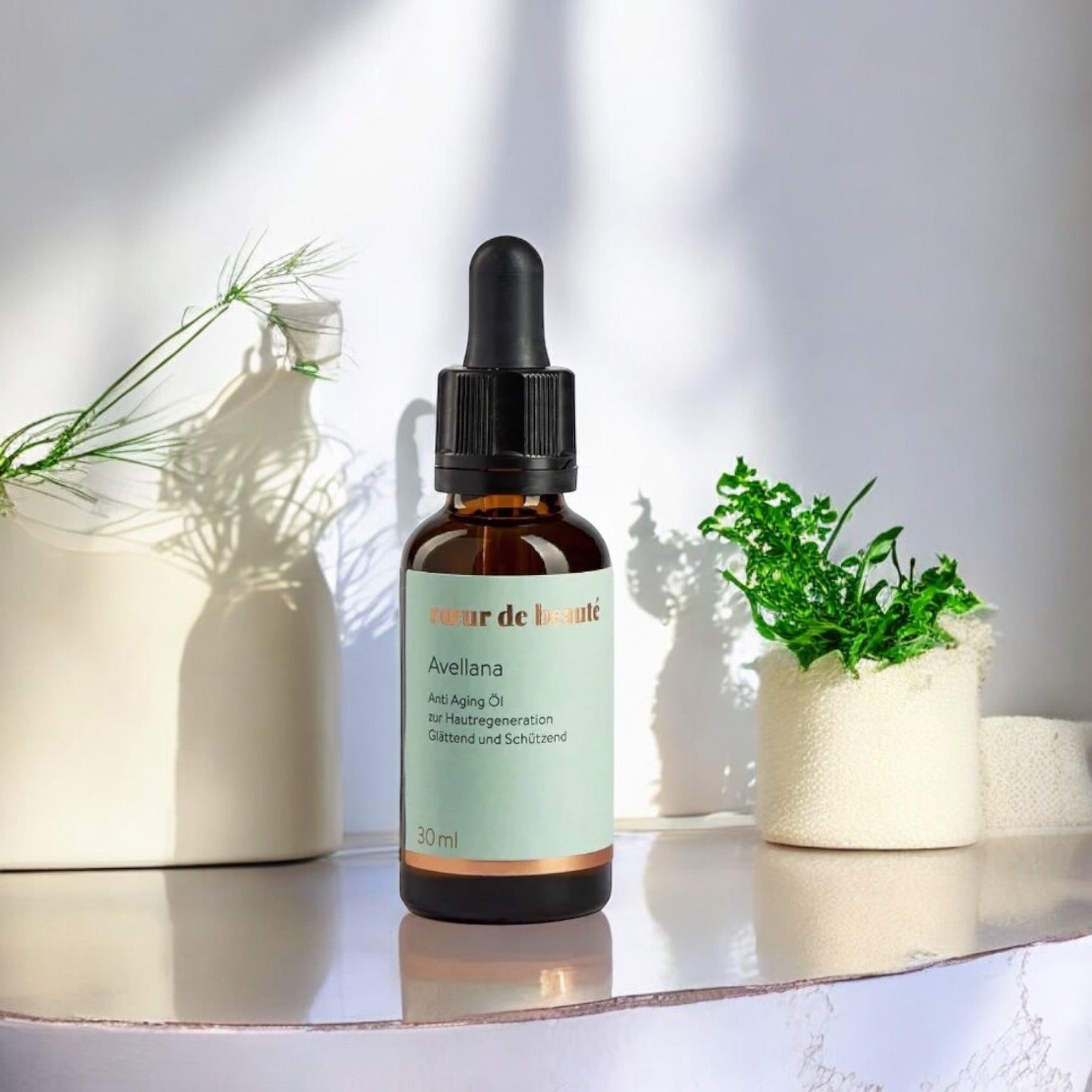




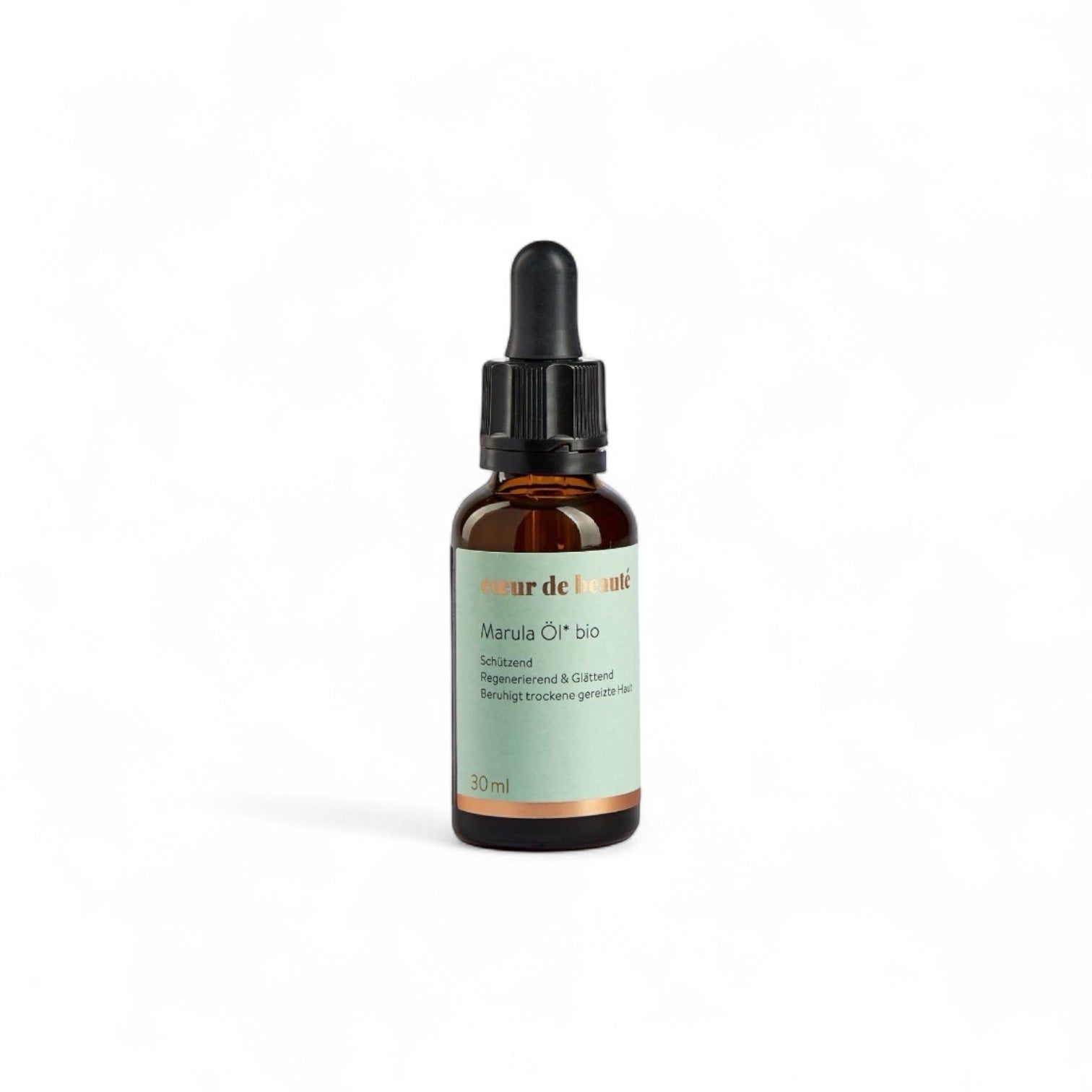

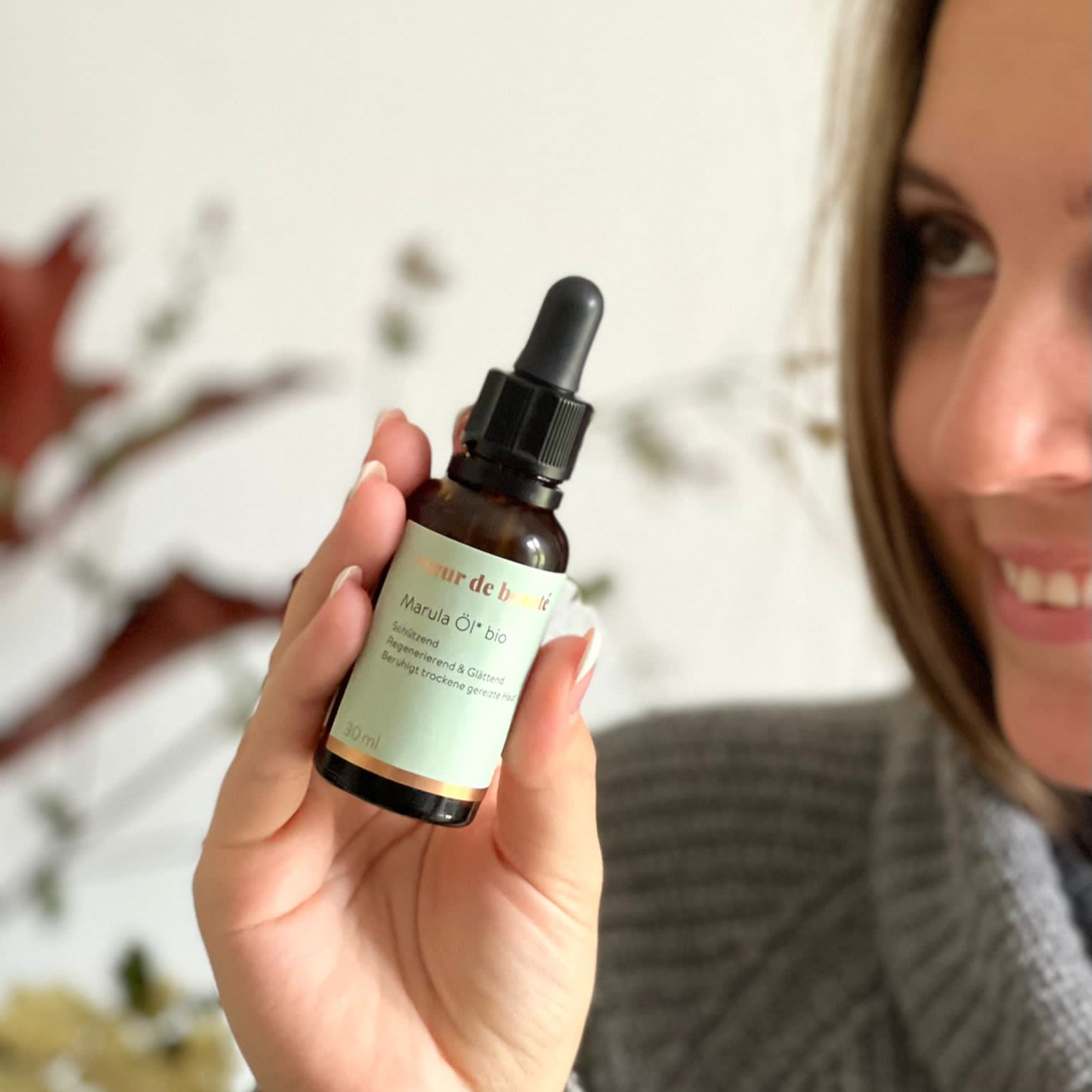




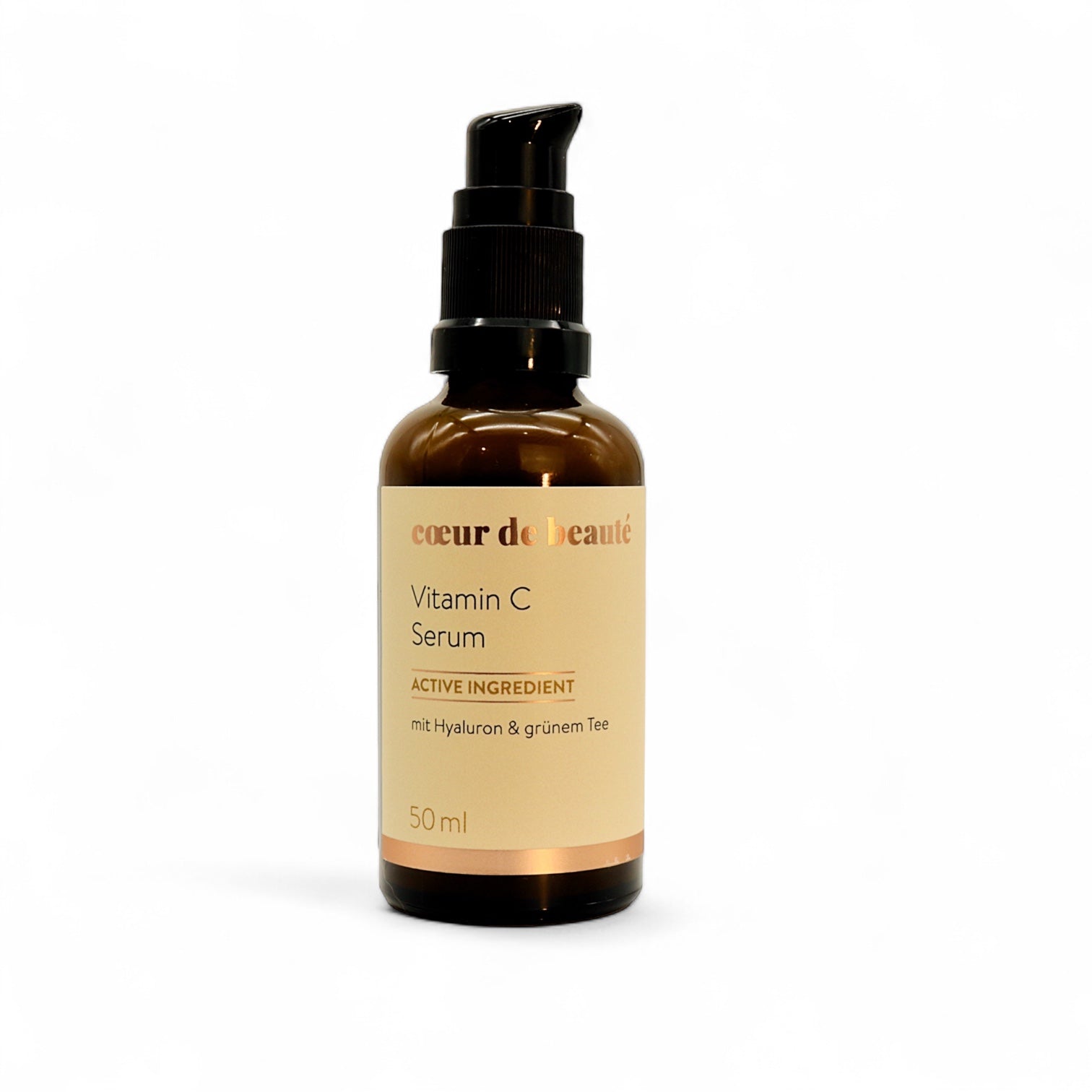
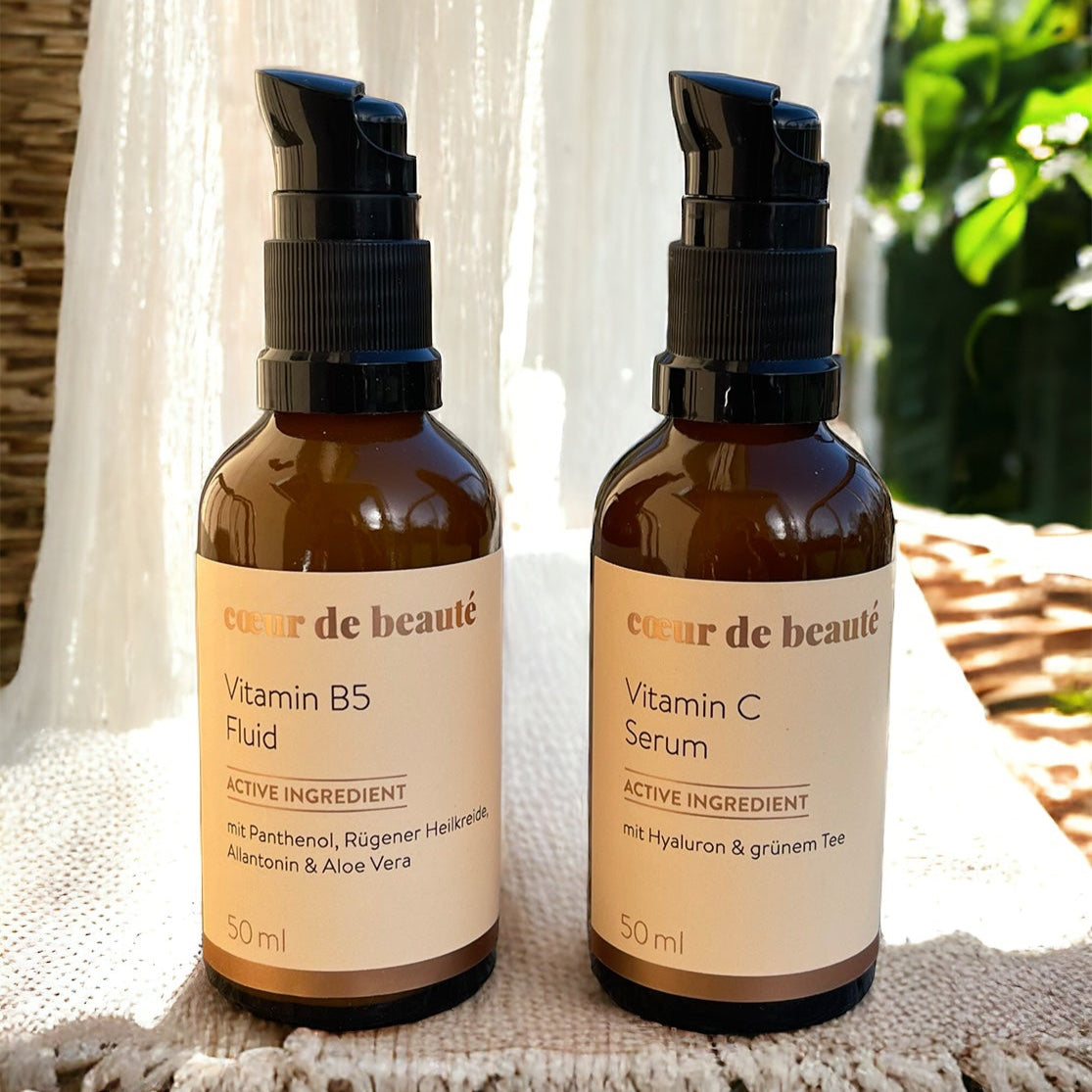



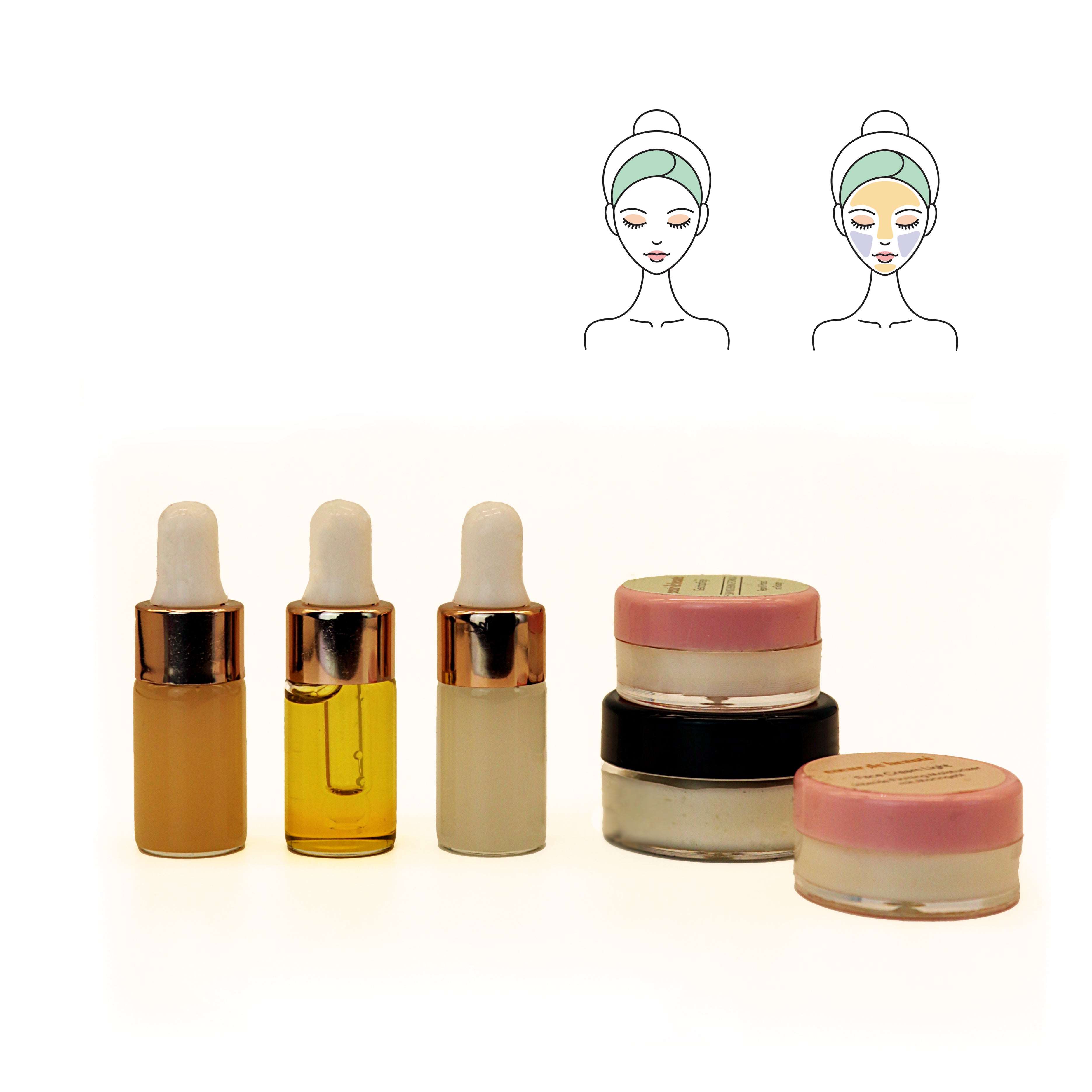
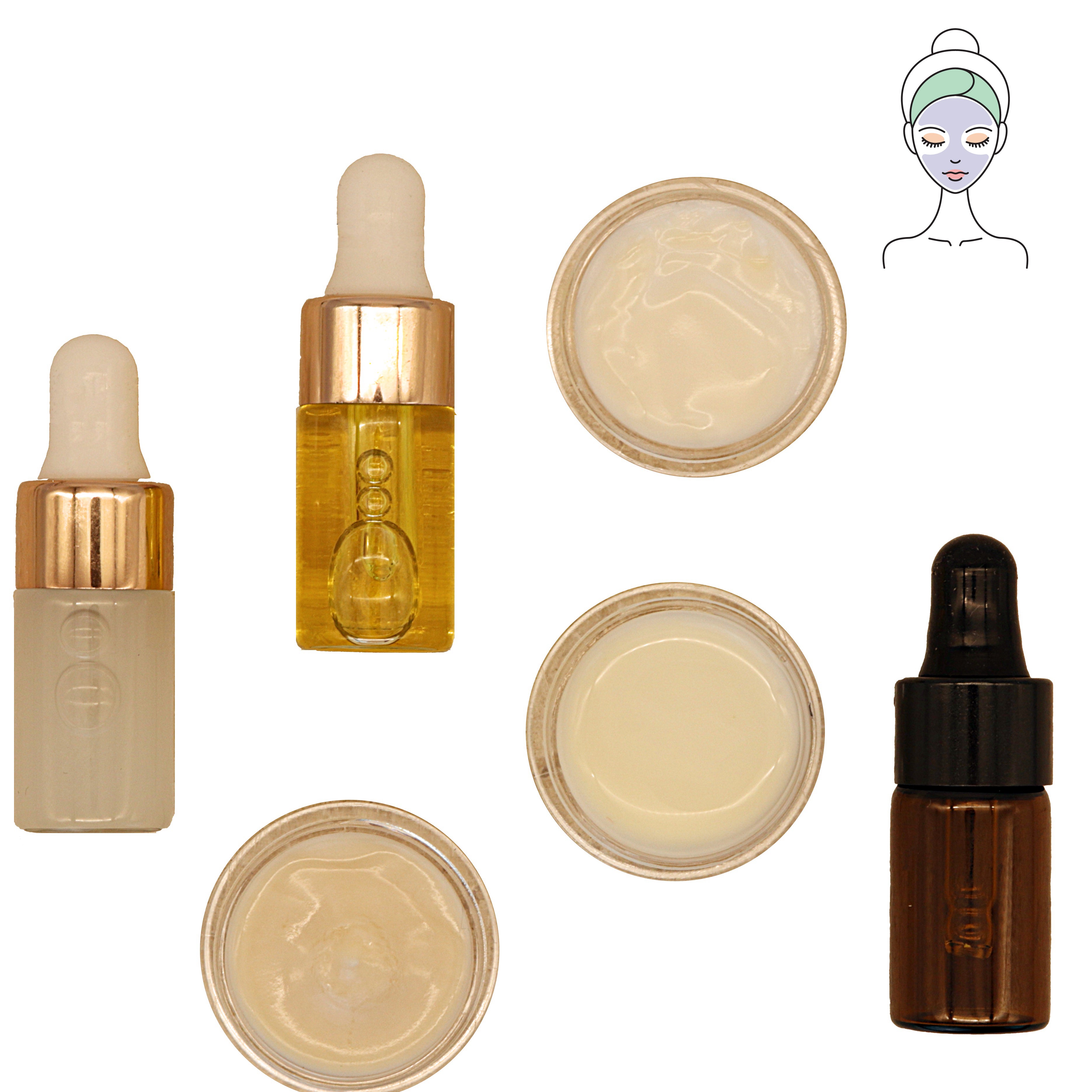
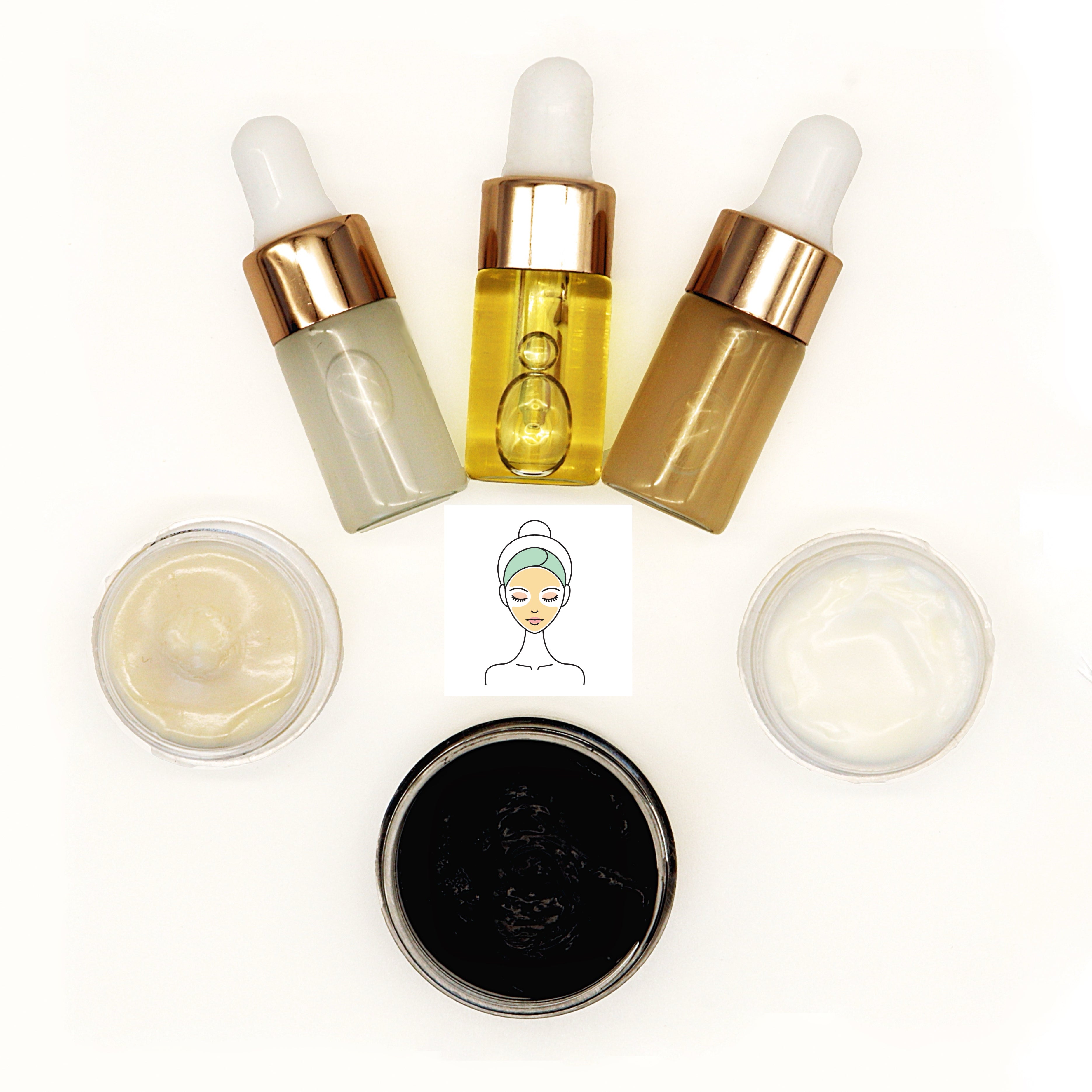



 info@coeur-de-beaute.de
info@coeur-de-beaute.de
 Telefon:(030) 92211899
Telefon:(030) 92211899
 WhatsApp Nachricht
WhatsApp Nachricht